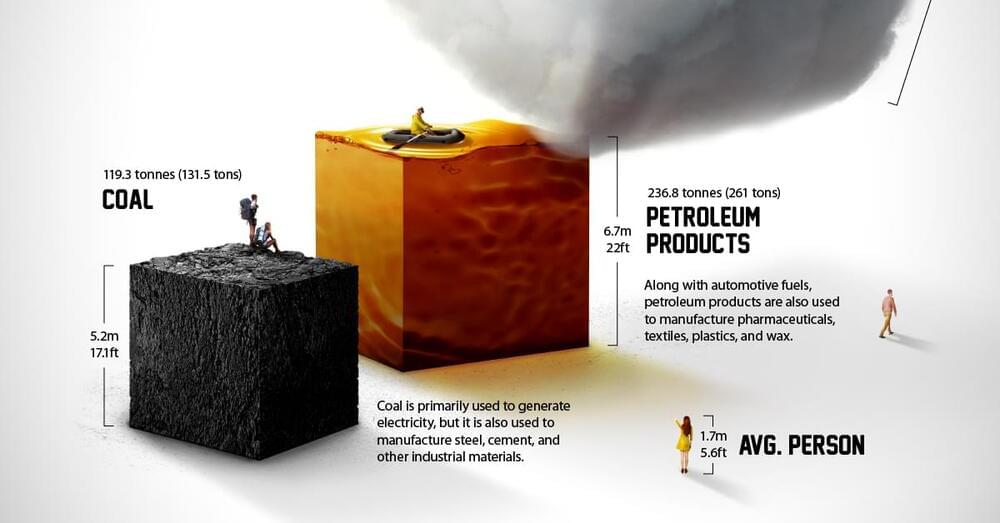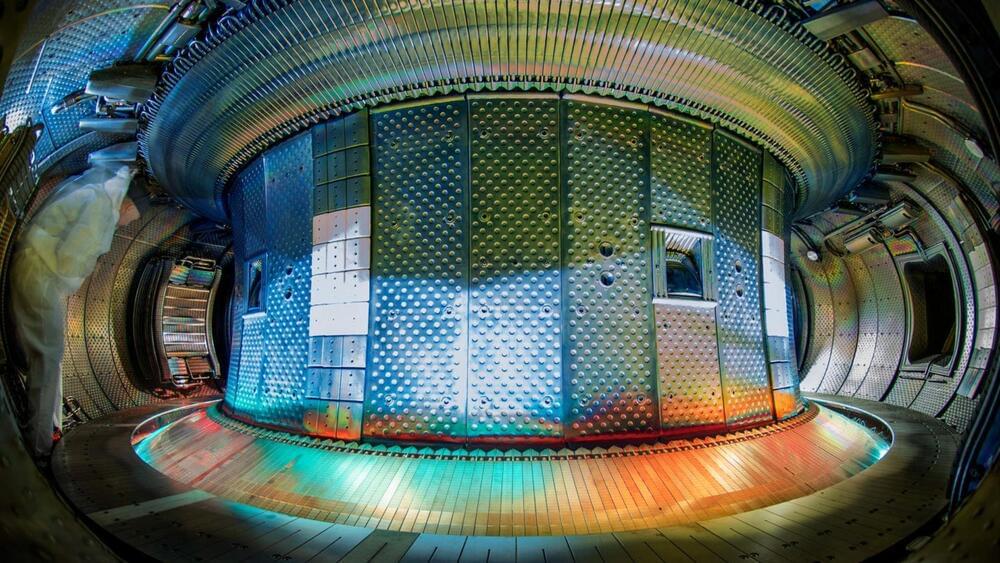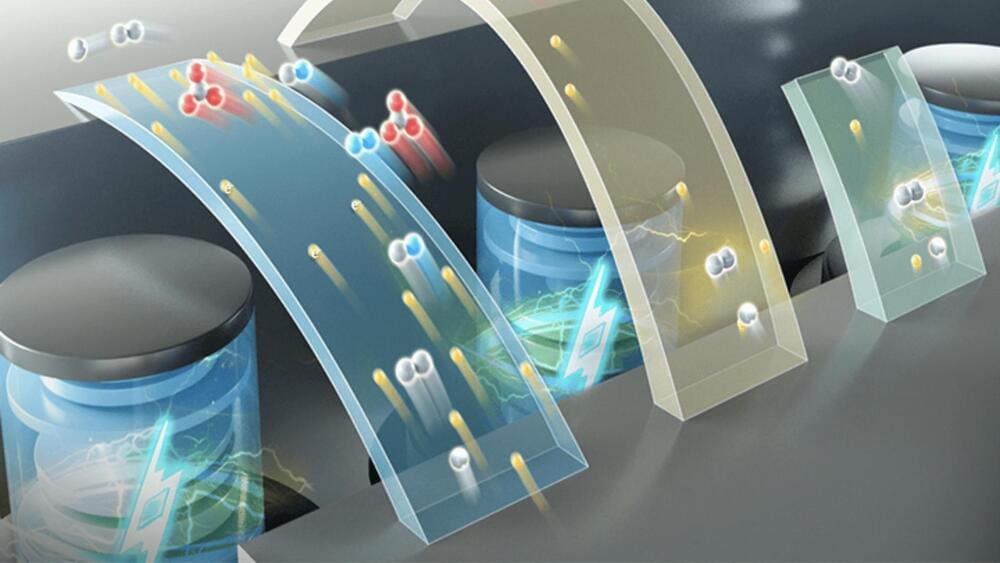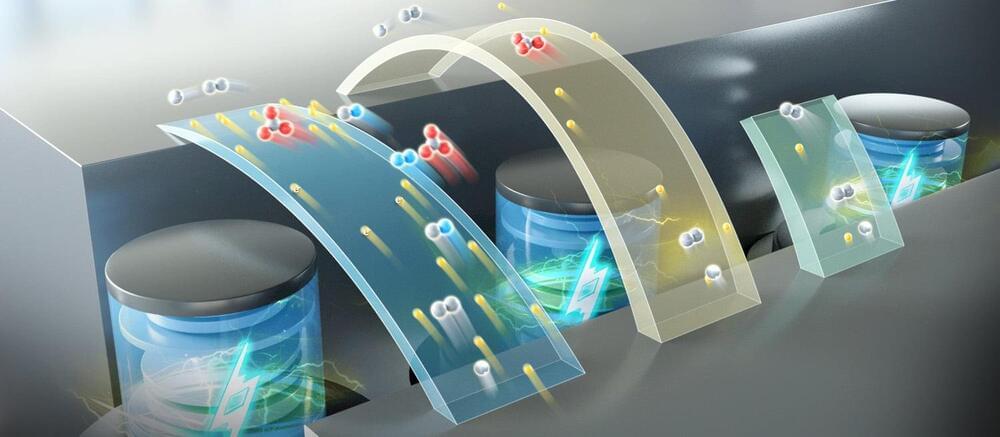From the archive:
Each year the average American consumes more than 23 barrels of petroleum products. What does a lifetime of fossil fuel consumption look like?



Researchers in China have developed a water-based battery, which is claimed to be much safer and energy-efficient than “highly flammable” non-aqueous lithium batteries.
Interestingly, the researchers say that these new batteries will be twice as energy-dense as traditional lithium-ion options. This holds the potential to revolutionize the electric vehicle industry.
Moreover, aqueous batteries use water as the solvent for electrolytes, enhancing their safety. Traditional non-aqueous lithium-ion batteries have a high energy density, but their safety is compromised due to the flammable organic electrolytes, a component that allows the battery to charge and discharge, they utilize.



Traditional lithium-ion batteries, while offering high energy density, have compromised safety because they use flammable organic electrolytes.
Aqueous batteries use water as the solvent for electrolytes, significantly enhancing the safety of the batteries. However, due to the limited solubility of the electrolyte and low battery voltage, aqueous batteries typically have a lower energy density. This means that the amount of electricity stored per unit volume of aqueous battery is relatively low.
In a new study published in Nature Energy, a research group led by Prof. Li Xianfeng from the Dalian Institute of Chemical Physics (DICP) of the Chinese Academy of Sciences (CAS), in collaboration with Prof. Fu Qiang’s group also from DICP, developed a multi-electron transfer cathode based on bromine and iodine, realizing a specific capacity of more than 840 Ah/L, and achieving an energy density of up to 1,200 Wh/L based on catholyte in full battery testing.

Their findings “may expand aqueous battery applications in the power battery field”, said corresponding author Li Xianfeng, a professor at the CAS Dalian Institute of Chemical Physics, who was quoted in a statement from the academy.
Lithium batteries are the standard used across the world because of their high energy density. Traditional lithium batteries contained a non-aqueous electrolyte – a component that allowed the battery to charge and discharge – which was flammable, the paper said.
Aqueous batteries are made up of a water-based electrolyte which does not present the same safety risks.

As well as slashing travel time to neighboring planets, PPR promises to support the transport of much heavier spacecraft, which can benefit from shielding against galactic cosmic rays, allowing space travelers to spend longer periods outside Earth’s protective dome.
The latter will be the subject of the NASA Innovative Advanced Concepts (NIAC) study, which is focusing on a large, heavily shielded ship to transport humans and cargo to Mars for the development of a Martian base.
“The main topics included: assessing the neutronics of the system, designing the spacecraft, power system, and necessary subsystems, analyzing the magnetic nozzle capabilities, and determining trajectories and benefits of the PPR. Phase II will build upon these assessments and further the PPR concept,” NASA said.

A process to dissolve the mineral olivine in acid could provide a plentiful, energy-efficient material for carbon-negative cement.
UK startup is set to develop innovative waterless hydro energy storage system, addressing limitations of traditional hydro power.